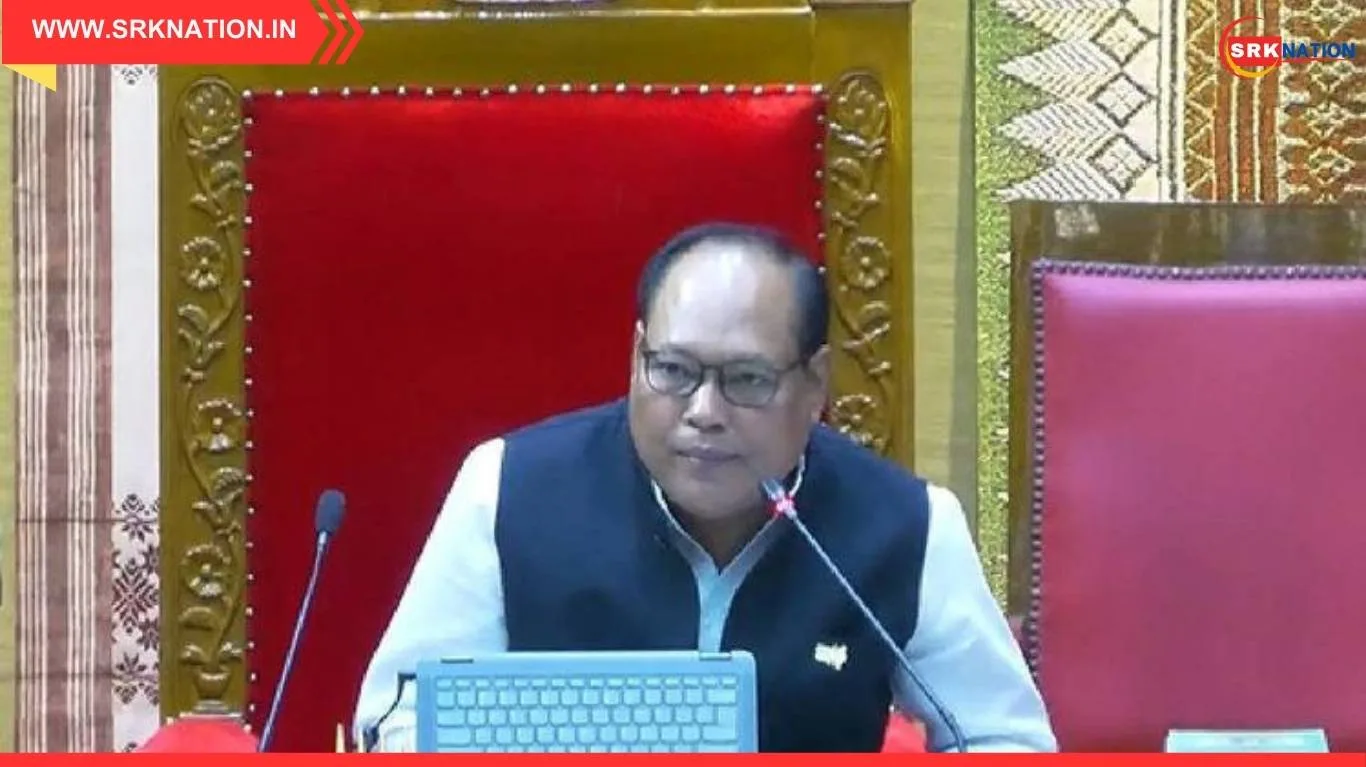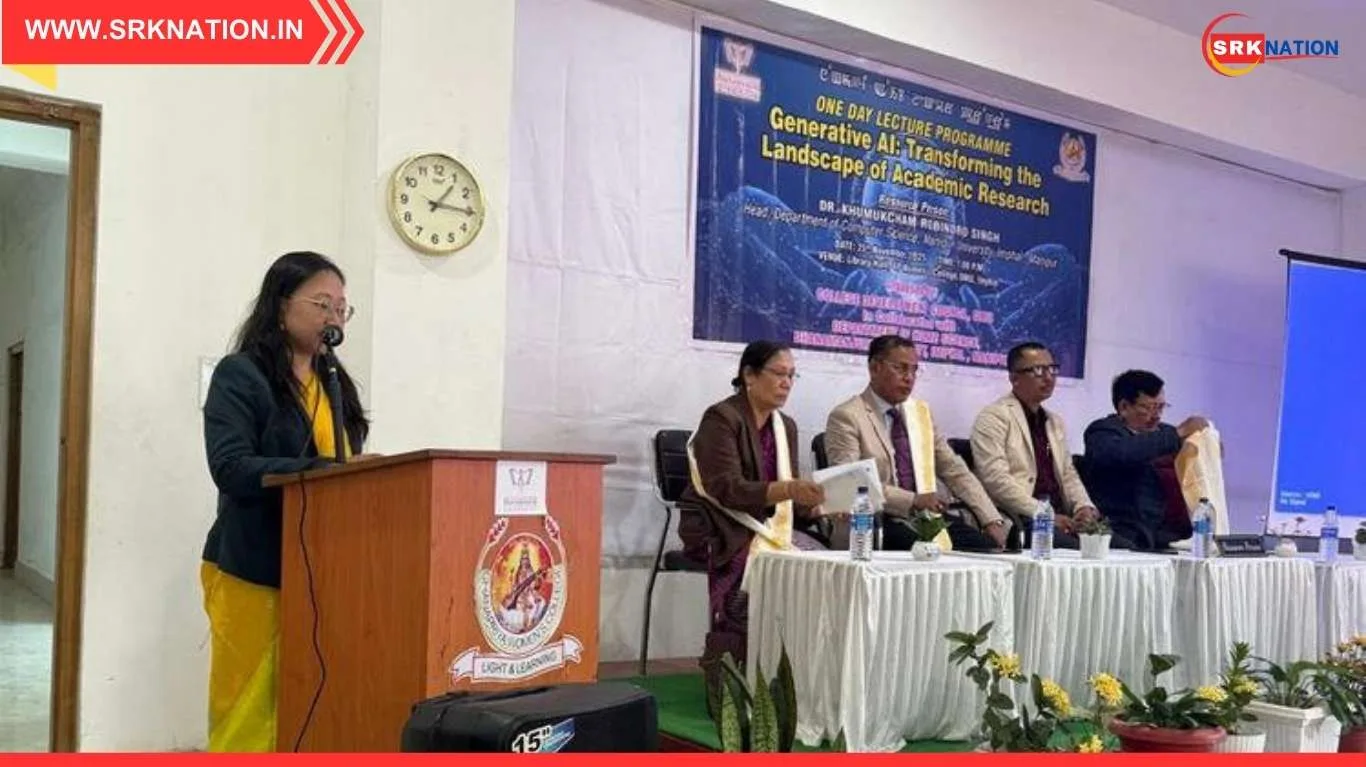Arunachal Pradesh Chief Minister Pema Khandu has raised a stark warning about the looming environmental, strategic, and livelihood threats posed by China’s mega hydropower projects on the Yarlung Tsangpo river in Tibet, known as the Brahmaputra in India. Calling it a “ticking water bomb,” he urged the Centre to prioritise proactive diplomatic and mitigation measures as these dams directly impact the downstream ecosystems, communities, and security architecture of India’s northeastern states.
The concern: Chinese dam near Indian border
In a recent public address and media interaction, CM Khandu highlighted:
“The dam China is building in Tibet is very close to our border. Any structural failure or intentional water release can lead to catastrophic floods in Arunachal and Assam. It’s a ticking water bomb.”
The Chief Minister’s remarks come amid China’s reported plans to build a massive 60 GW hydropower dam on the Yarlung Tsangpo near the Great Bend close to Arunachal Pradesh. Satellite imagery and Chinese state announcements have confirmed preparatory work for this dam, which is poised to be larger than the Three Gorges project.
Strategic significance
| Factor | Details |
|---|---|
| River involved | Yarlung Tsangpo (Brahmaputra in India) |
| Dam capacity | Planned over 60 GW, world’s largest |
| Location | Near Great Bend, close to Arunachal Pradesh border |
| Potential risks | Flooding, sedimentation changes, ecological damage, water flow alteration, military strategic leverage |
Environmental and security threats flagged
Experts have been cautioning for years about China’s upstream dam-building spree on transboundary rivers. The Brahmaputra basin supports over 130 million people across Tibet, Arunachal, Assam, and Bangladesh.
Key threats flagged by CM Khandu include:
- Sudden water discharge risk: Potential flash floods endangering human lives and agriculture in Arunachal and Assam.
- Ecological imbalance: Altered sediment flow affecting fisheries, biodiversity, and fertile plains in downstream areas.
- Water weaponisation fears: Strategic dam usage to exert pressure on India during border tensions.
- Lack of data-sharing transparency: China often withholds real-time hydrological data during monsoon, hampering flood management.
India’s diplomatic response so far
India has raised concerns at multiple bilateral meetings with China, seeking water flow data-sharing agreements. However, experts argue that the absence of a binding transboundary water treaty between the two countries, unlike India’s Indus Water Treaty with Pakistan, remains a major strategic vulnerability.
Senior river management experts have reiterated:
“China sees water as a sovereign resource. While it shares some monsoon data, it is not obligated to notify or consult India before building dams on upstream stretches.”
Previous floods linked to upstream activity
In 2000, flash floods in Arunachal Pradesh killed over 30 people and destroyed infrastructure after a dam burst or landslide lake collapse in Tibet released massive volumes of water downstream without prior warning. Locals fear such incidents may repeat on a far deadlier scale if mega dams fail or are misused.
Regional leaders’ reactions
| Leader | Statement |
|---|---|
| Pema Khandu (Arunachal CM) | “We are deeply concerned. The Centre must engage diplomatically and plan mitigation infrastructure for worst-case scenarios.” |
| Himanta Biswa Sarma (Assam CM) | “Brahmaputra is Assam’s lifeline. Any change upstream will devastate our state. We need a robust policy framework.” |
| Techi Ramu (Environmental activist) | “People living along Siang and Brahmaputra banks are under constant anxiety due to sudden turbidity changes and rising water levels.” |
India’s proposed mitigation plans
The Centre has been working on multiple long-term and immediate steps, including:
- Strengthening dam and embankment infrastructure across Assam and Arunachal to manage sudden surges.
- Real-time flood monitoring systems integrated with satellite data for early warning.
- Accelerating strategic dam construction on the Siang in Arunachal to establish first-user rights under international water laws.
- Diplomatic engagement with China for data-sharing and transparency agreements on transboundary rivers.
- Institutionalising river basin management authorities to integrate disaster preparedness with environmental preservation.
Comparison of major dams in the region
| Country | Project | Capacity | River | Status |
|---|---|---|---|---|
| China | Great Bend Hydropower Project | 60 GW | Yarlung Tsangpo | Planning and early works |
| India | Lower Subansiri Hydropower Project | 2 GW | Subansiri (Brahmaputra tributary) | Under construction |
| China | Zangmu Dam | 510 MW | Yarlung Tsangpo | Operational |
| India | Siang Upper Stage | 11 GW (planned) | Siang (Brahmaputra) | Proposed |
Global geopolitical implications
The dam building has not just bilateral but global significance:
- China’s hydro-hegemony: Control over Asian river headwaters, affecting downstream countries including India, Bangladesh, Myanmar, Laos, Thailand, Cambodia, and Vietnam.
- Strategic leverage: Ability to influence water flow for agriculture and energy security in downstream nations.
- Environmental advocacy pushback: Global environmental groups have termed such mega dams as ecological disasters, displacing indigenous communities and threatening biodiversity hotspots.
Experts urge integrated Himalayan policy
Hydrologists and security analysts call for an integrated Himalayan water security strategy combining diplomatic engagement, indigenous community resilience, ecological preservation, and defence preparedness to counter upstream risks.
Local community voices
| Village | Resident Quote |
|---|---|
| Tuting, Arunachal Pradesh | “Our people live in fear whenever China builds anything near the river. We need assurance that our homes will not be washed away overnight.” |
| Pasighat, Arunachal Pradesh | “The river water often turns black or muddy suddenly. We do not understand what China is doing upstream, but it is affecting fish and crops here.” |
Conclusion
Chief Minister Pema Khandu’s strong warning comes as a crucial reminder of the water security challenges India faces from Chinese upstream activities. With climate change intensifying Himalayan glacier melt and rainfall variability, the cumulative risks of mega dams become even more critical to address through robust diplomacy, resilient infrastructure, and environmental safeguards.
Disclaimer
This news article is based on statements by public representatives, experts, and verified public data. It is intended for general informational and public interest reporting. Readers are advised to follow government advisories for disaster preparedness and policy updates related to river management and environmental safety.











